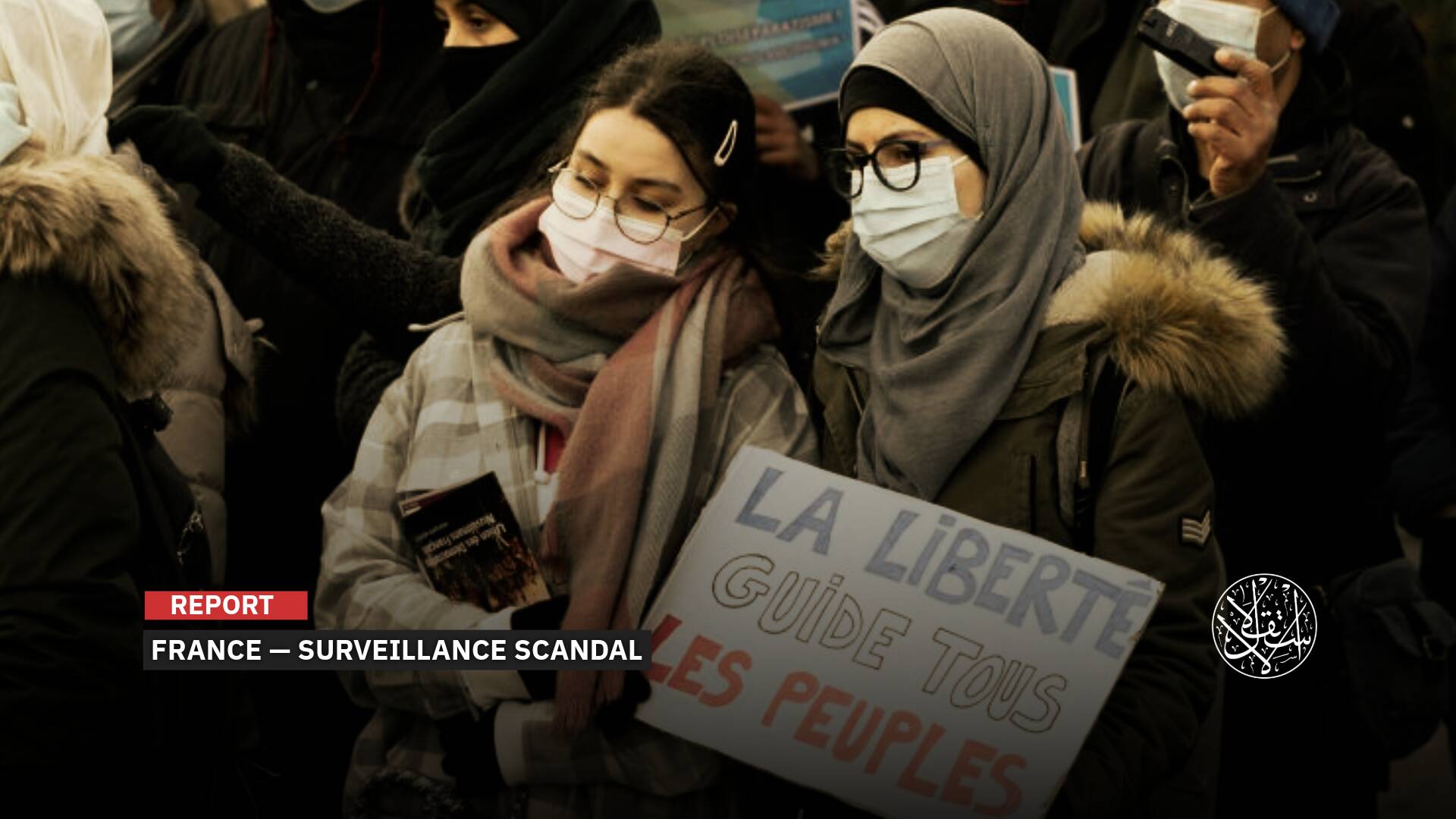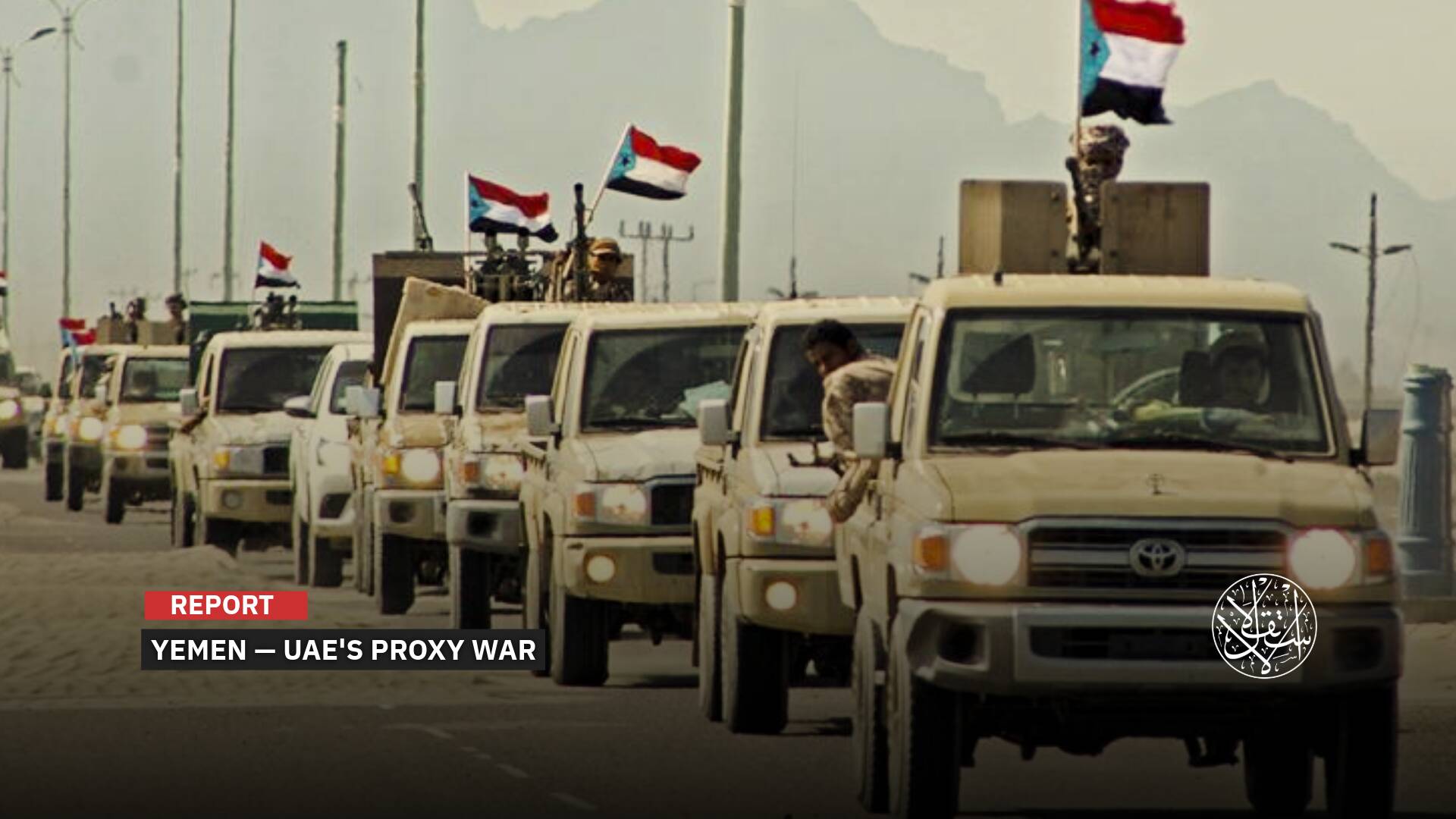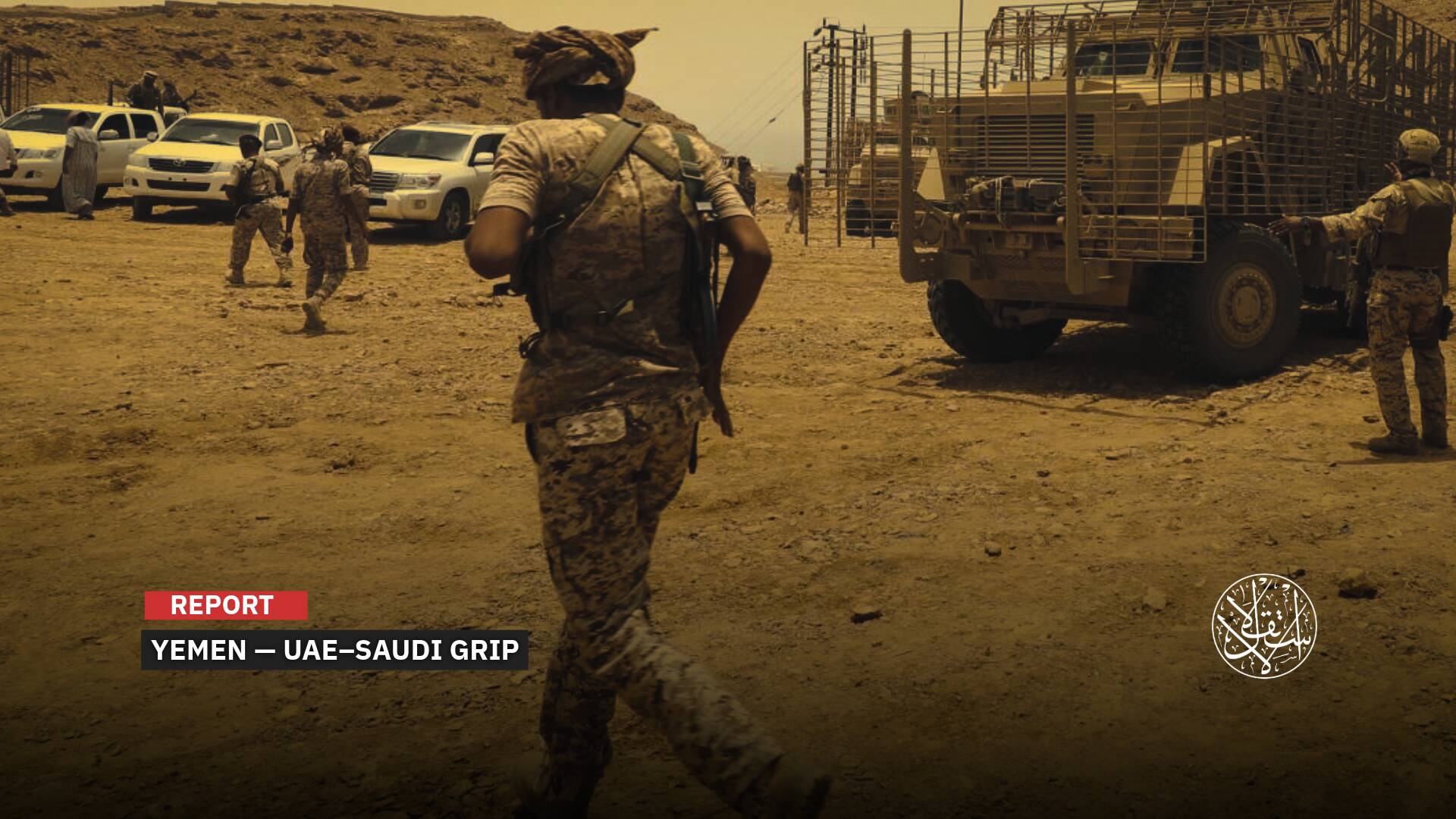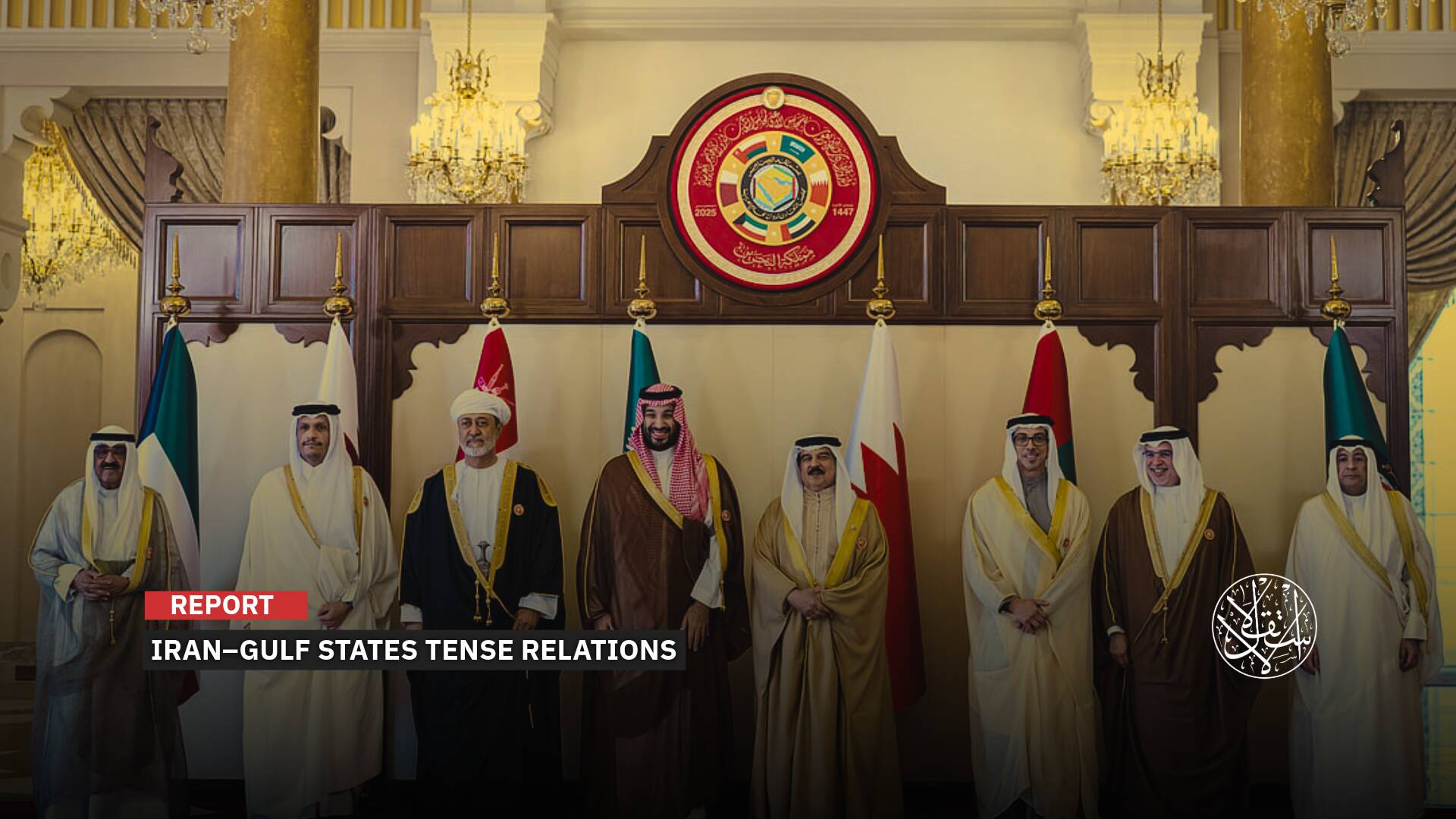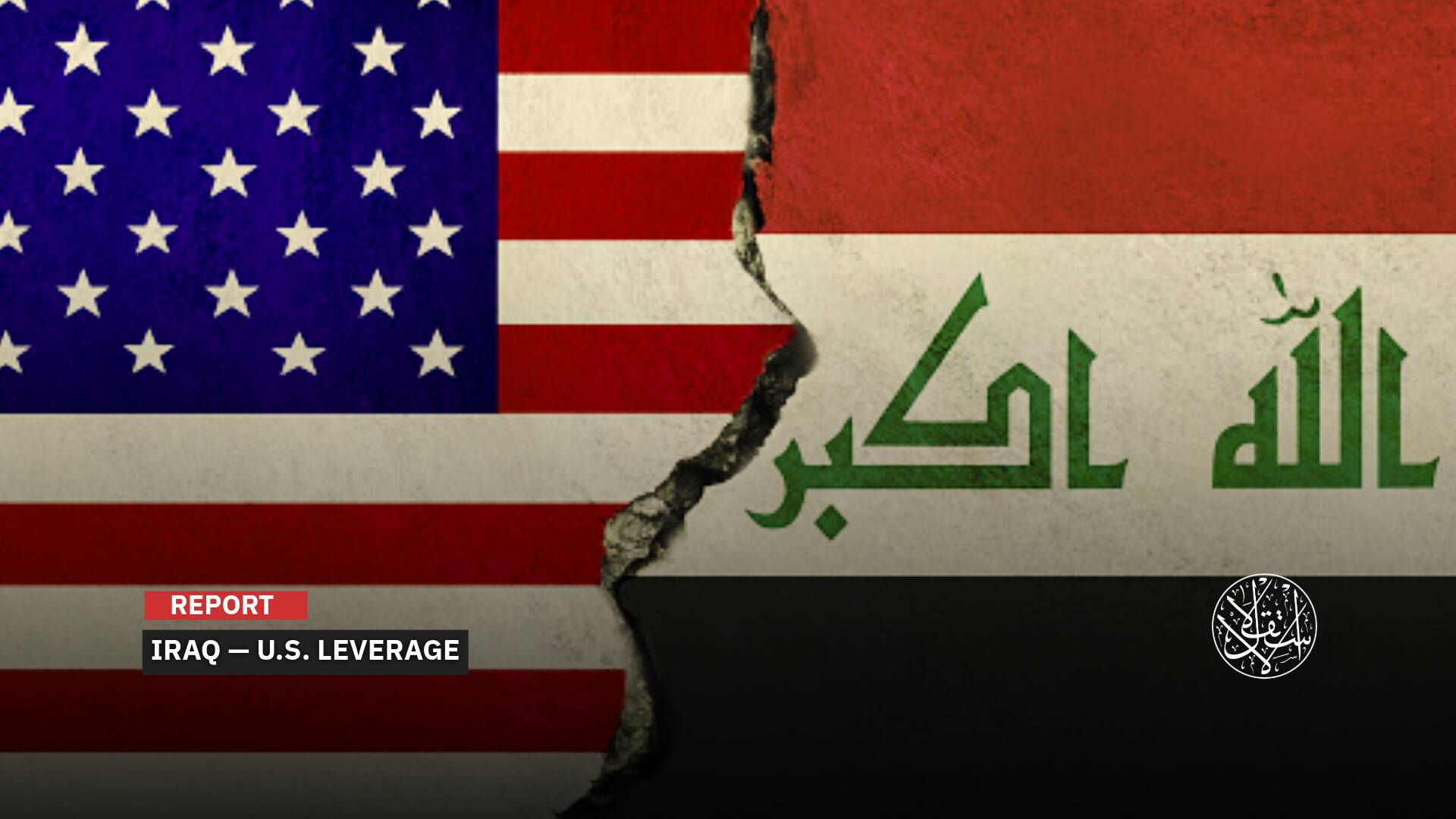Why Are Syrian Refugees Still Hesitant to Return from Lebanon Despite Assad’s Fall?
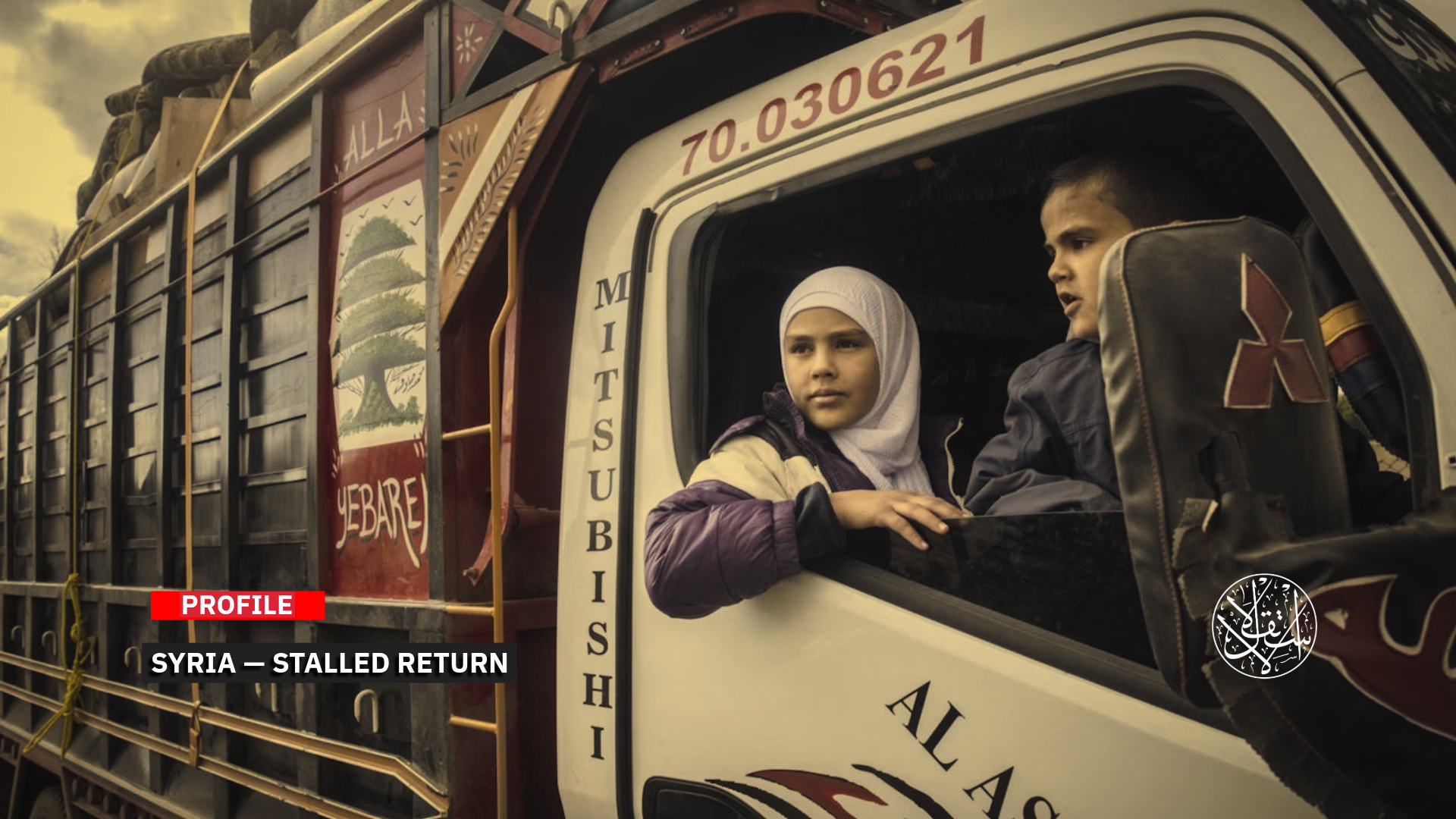
There are concerns over the inadequate funding of organizations assisting returnees.
Most Syrian refugees in Lebanon still cling to hopes of tangible steps that might finally allow them to return home after years of displacement and hardship.
Yet despite the fall of Bashar al-Assad’s regime on December 8, 2024, there has been little change in the number of refugees making their way back to Syria.
Political shifts alone, it seems, are far from enough. In the absence of credible guarantees for a dignified life, with infrastructure in ruins and basic services all but collapsed, the path home remains uncertain.
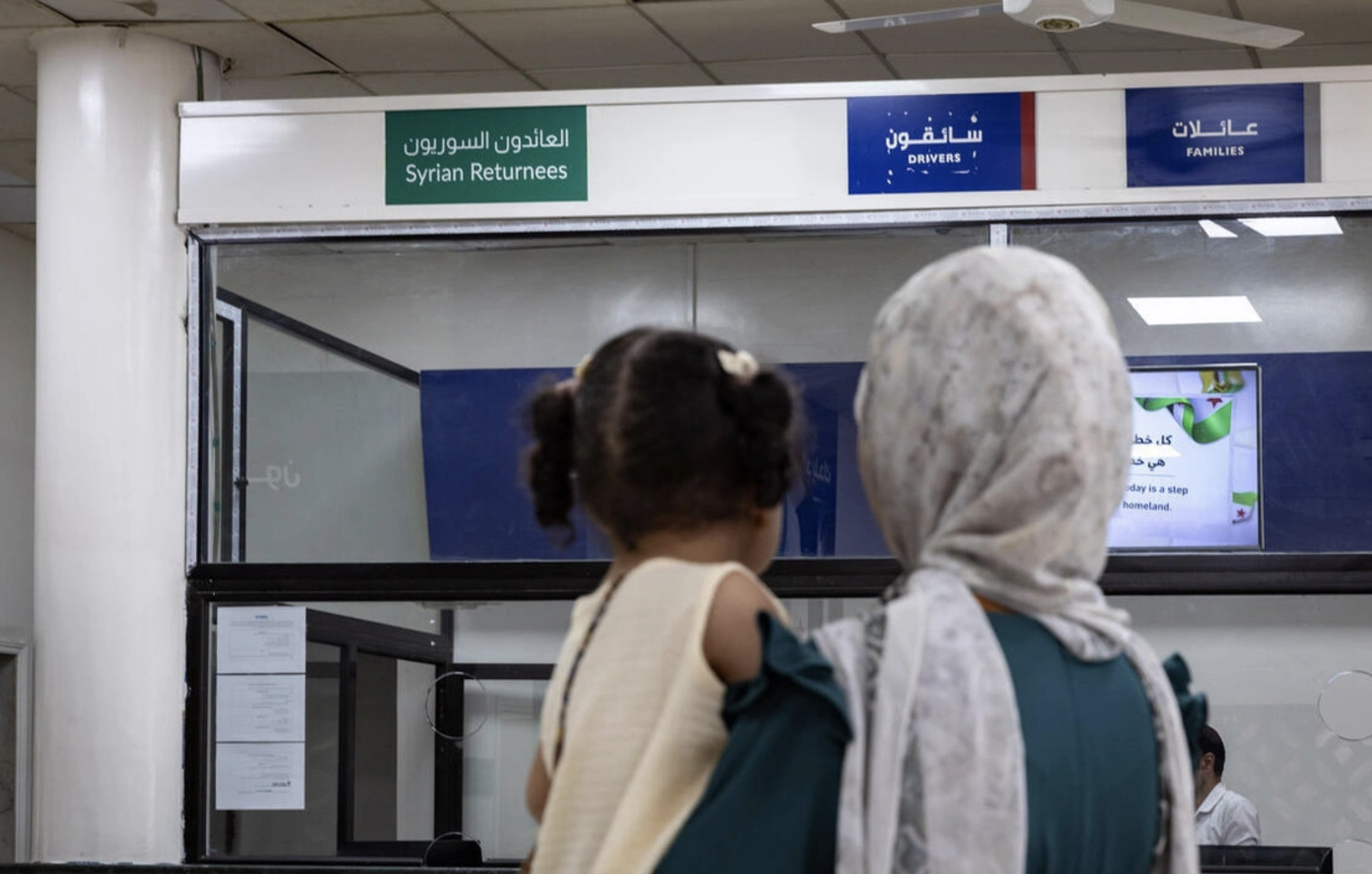
Return of Syrian Refugees
At the official level, Lebanon’s President Joseph Aoun has reiterated that the country can no longer bear the burden of hosting Syrian refugees, urging the international community to facilitate their safe, dignified, and coordinated return.
Speaking on July 11, 2025, Aoun stated that “with conditions improving in parts of Syria, it is both fair and necessary to work towards an organized return of displaced people—one that aligns with a much-needed shift in international support.”
During a meeting with a delegation of European ambassadors led by EU envoy Sandra De Waele, the Lebanese president stressed that aid for Syrian refugees must be redirected to within Syria itself, signaling a push for donors to rethink their approach.
President Aoun’s remarks came as Lebanon unveiled the first UN-backed plan aimed at encouraging the return of Syrian refugees—this time with financial incentives on the table.
Lebanon’s Minister of Social Affairs, Haneen Sayed, announced that returning refugees would receive $100 per person while still in Lebanon, in addition to $400 per family upon arrival in Syria. The plan also includes coverage of transport costs, and border authorities have agreed to waive return-related fees.
Sayed noted that around 11,000 refugees registered to return during the first week of July 2025, and the government is aiming—under this scheme—for between 200,000 and 400,000 returns by the end of the year.
Sayed added that the Lebanese government is prioritizing informal camps—home to an estimated 200,000 refugees—as part of its return strategy.
She also suggested that individuals who remain in Lebanon to support their families might be granted work permits in sectors such as agriculture and construction, provided their dependents return to Syria.
According to official figures, around two million Syrian refugees currently reside in Lebanon, with approximately 830,000 registered with the UN since 2011.
Over more than a decade, al-Assad regime—backed by Iran and Russia—has laid waste to large swathes of Syria, leaving homes and critical infrastructure in ruins.
Against this backdrop, the question of return remains tightly bound to the basics: access to housing, job opportunities, schooling for children, healthcare, and other essential services.
Since the fall of al-Assad in December 2024, around 500,000 refugees have returned to Syria from neighboring countries.
In addition, some 1.2 million internally displaced people have gone back to their hometowns—out of the 5 million originally uprooted by the now-ousted regime’s brutal crackdown since 2011.
Yet the scale of need remains staggering. Nearly 16.7 million people inside Syria—around 90% of the population—require some form of humanitarian assistance.
More than 7.4 million Syrians remain internally displaced, many still unable to return home.
Strikingly, the UN refugee agency’s ability to meet the vast humanitarian needs inside Syria has been severely hampered by deep cuts to its funding.
Seventeen out of 122 community centers across the country have already been forced to shut down, while another 50 face imminent closure, leaving critical support networks on the brink.
In January 2025, the UN refugee agency launched an operational framework aimed at supporting the return of 1.5 million refugees and 2 million internally displaced people to their homes over the course of the year.
But so far, the effort has been starved of funds. Of the $575 million required for the UNHCR’s programs inside Syria in 2025, only $71 million has been pledged—a shortfall that threatens to undermine the entire return initiative.
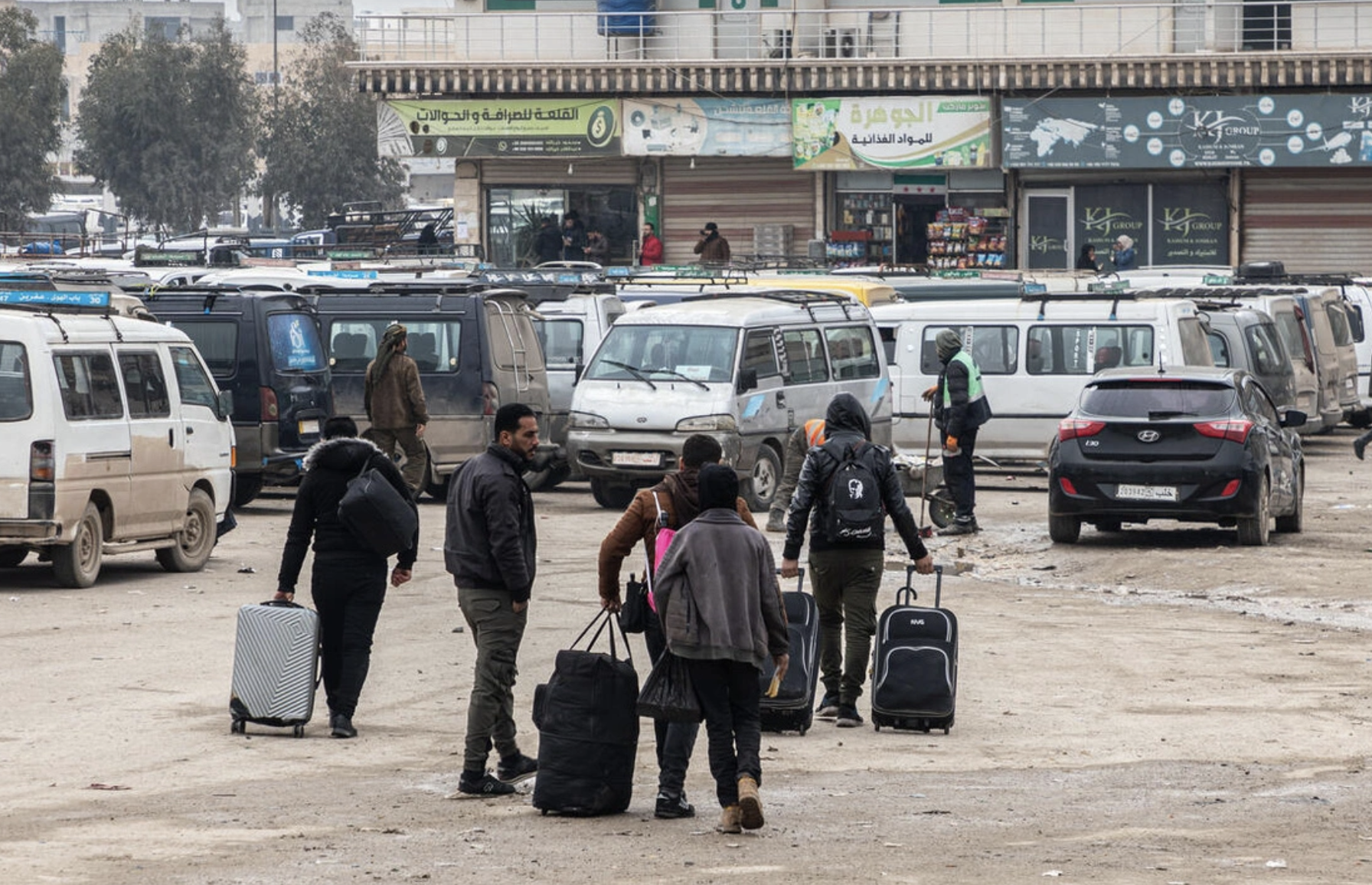
The Difficult Decision
To help Syrians make informed decisions about returning home, the UN refugee agency has launched an innovative digital platform titled “Syria Is Home.”
The platform offers real-time, objective information on the return process—including legal procedures, identity documentation, access to housing, healthcare, education, and more.
A comprehensive FAQ section also guides users through renewing ID documents, securing legal aid, accessing counselling services, and obtaining support for repairing or rebuilding damaged homes.
Beirut has also introduced a series of measures aimed at easing the departure of Syrian refugees through official land border crossings.
These include waiving residency renewal fees and fines, halting legal action against those who overstayed their permits, and guaranteeing that no re-entry bans will be imposed on those who choose to leave.
The new policy came into effect on July 1, 2025, and will remain in place until September 30, in what officials describe as an effort to encourage swifter returns during this limited window.
Syrian refugees weigh a complex array of factors when deciding if and when to return home.
As Syrian journalist Ali Ibrahim told Al-Estiklal, “Shedding refugee status is the hope of every Syrian, yet many challenges await families returning from Lebanon.”
“Everything in Syria needs rebuilding. Refugees know they will have to start from scratch—securing basic necessities and investing in things like solar power systems just to have electricity,” He added.
Beyond this, the acute water shortage presents a costly burden for returnees, compounded by fears over unexploded ordnance lingering near homes and farmland, Ibrahim noted.
“For returns to be successful, sustainable, and yield tangible results, adequate housing must be secured alongside the rebuilding of new areas that can offer dignified shelter to those coming back.”
“Facilitating the return of refugees who have waited years for this moment must also include initiatives to help them earn a living—there are widespread concerns about insufficient funding from local and international organizations,” Ibrahim noted.
“As long as refugees see the rebuilding of homes, schools, and vital infrastructure and services still at a standstill, the idea of return remains deferred.”
Ibrahim also pointed to mounting pressures on Syrian refugees to go back, particularly amid dwindling UN funding and Lebanon’s ongoing economic crisis that has deepened since 2019. This comes in the wake of the UNHCR’s announcement to end full coverage of refugees’ healthcare costs by the close of 2025.
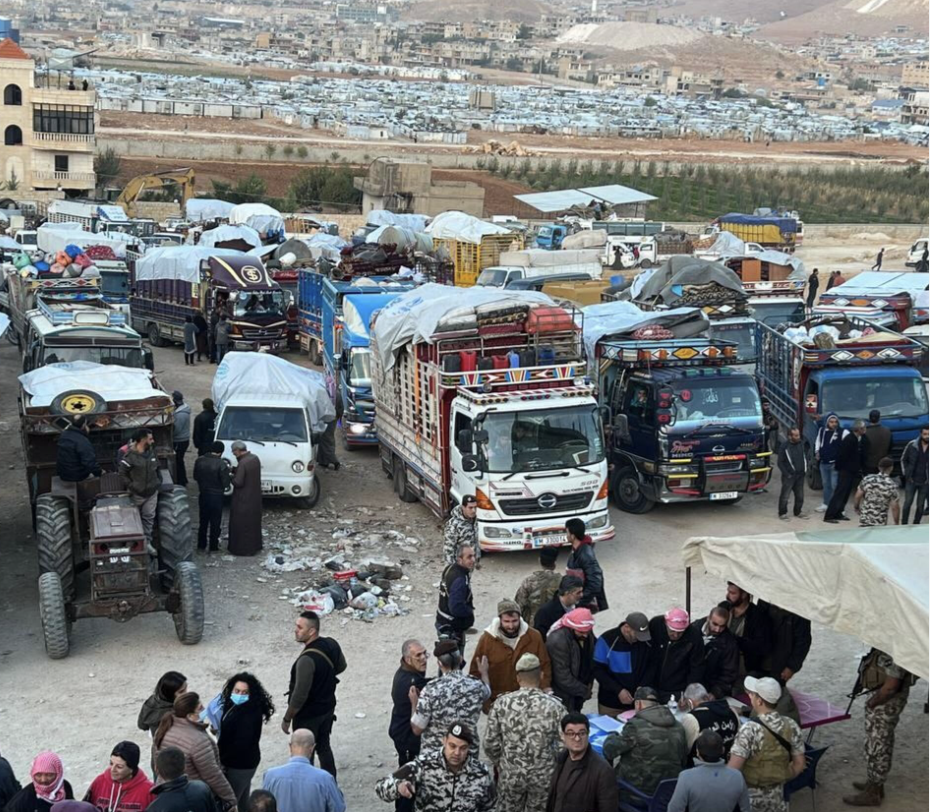
Providing a "Comprehensive Plan"
Following a partial easing of US and European sanctions, the new Syrian authorities led by transitional President Ahmed al-Sharaa are pushing to jumpstart economic recovery in preparation for a massive reconstruction phase, which the UN estimates will cost more than $400 billion.
Al-Sharaa inherits a country teetering on the brink of bankruptcy after decades under the Assad dynasty—first father Hafez, then son Bashar (1971–2024)—with a drained economy, crumbling public services, a financial system isolated from the world, and the vast majority of its population living below the poverty line, according to UN reports.
Ensuring reliable electricity, education, and agricultural production is critical to rebuilding devastated regions and enabling the return of millions of refugees—a goal championed by European countries as well as Syria’s neighbors, including Turkiye, Jordan, and Lebanon.
Take Turkiye, for example, which hosts around three million Syrians. By June 2025, just 273,000 had returned since the day after Bashar al-Assad’s fall.
According to the International Organization for Migration, the “lack of economic opportunities and basic services remains the greatest challenge” to securing the safe return of the 13 million Syrian refugees and displaced people who have fled their homes since 2011.
Within this context, Syrian Bar Association head Ahmed Dakhan emphasized that “return must be voluntary and not forced upon refugees in Lebanon through any UN registration programs.”
Speaking on television on July 12, 2025, Dakhan stressed that “return must be accompanied by the provision of housing and services in the devastated areas to which refugees are returning—areas that remain severely underserved—as well as securing livelihoods and legal and humanitarian guarantees.”
“Today in Syria, we want refugees returning from neighboring countries, including Lebanon, to do so with dignity and access to livelihoods. Most refugee areas are destroyed, lacking infrastructure, and uninhabitable—compounded by the harsh conditions returnees may face.”
Dakhan emphasized the need for a comprehensive, UN-backed plan to facilitate the return of Syrian refugees from Lebanon, alongside efforts to help internally displaced people return to their own regions with adequate services, housing, and job opportunities.
“Families in camps in northern Syria continue to endure dire humanitarian conditions,” he added.
Sources
- Reuters: Syrian Returns from Lebanon Begin Under UN Plan [Arabic]
- Displaced Syrians Return to Their Areas, Pitching Tents Amid the Ruins of Their Homes [Arabic]
- Plan to Return Thousands of Displaced Syrians to Their Homeland Before the End of 2025 [Arabic]
- Around 11,000 Syrians Registered to Return from Lebanon [Arabic]


